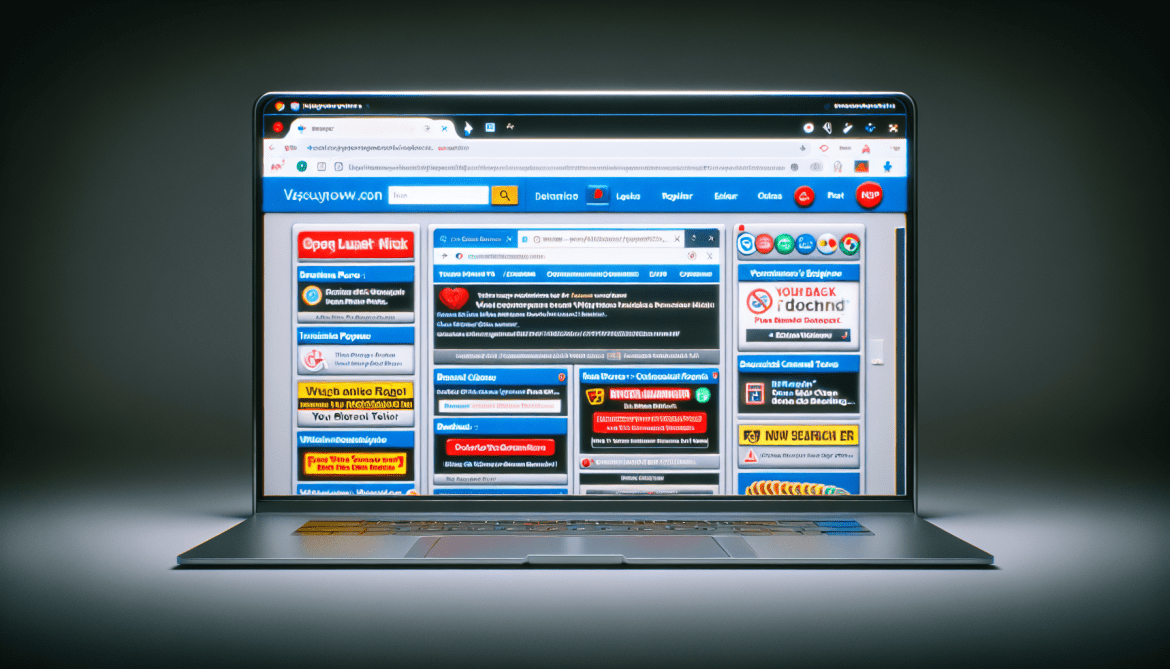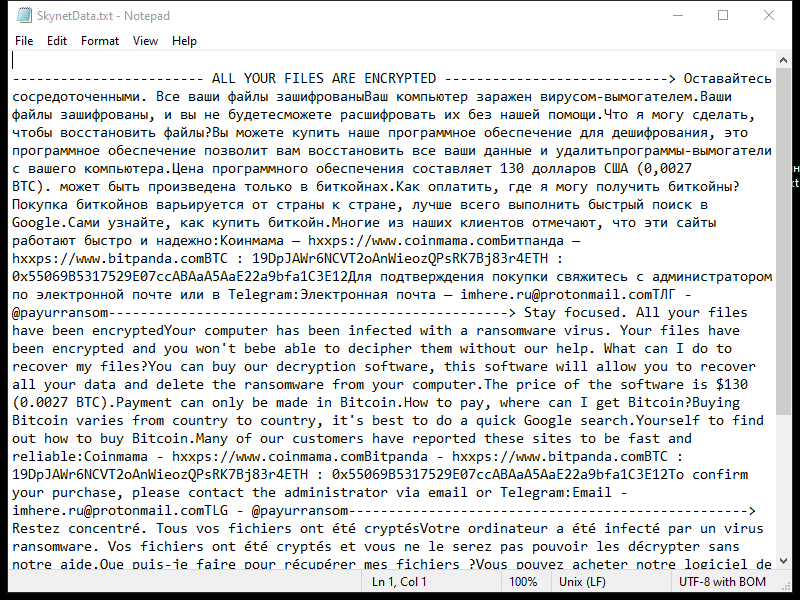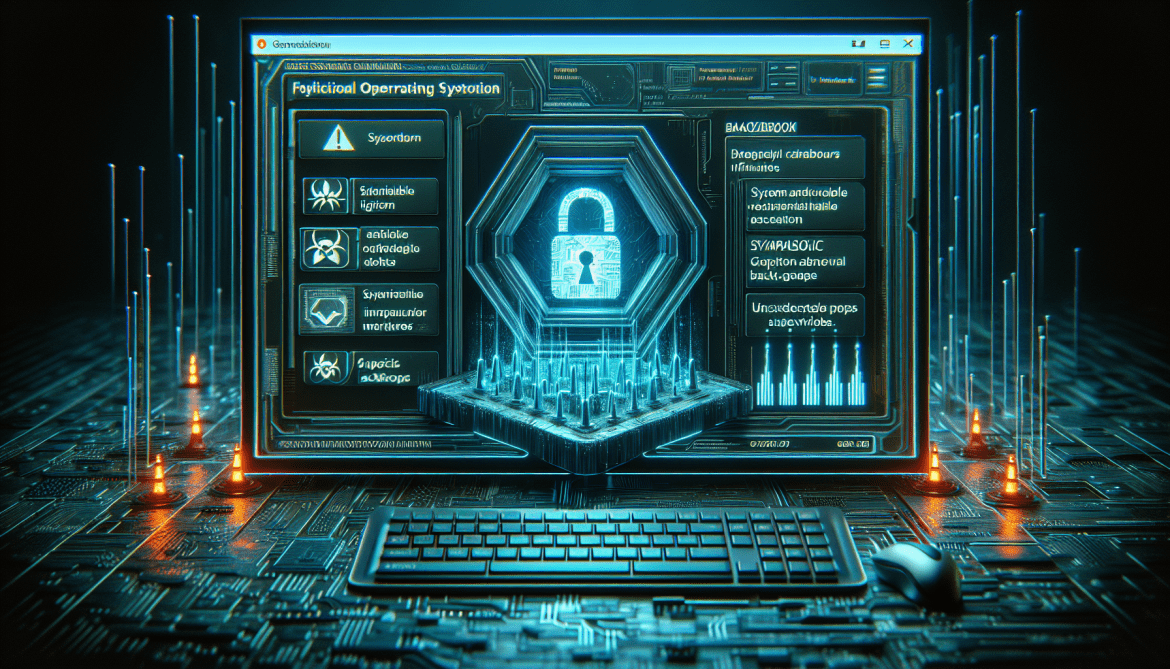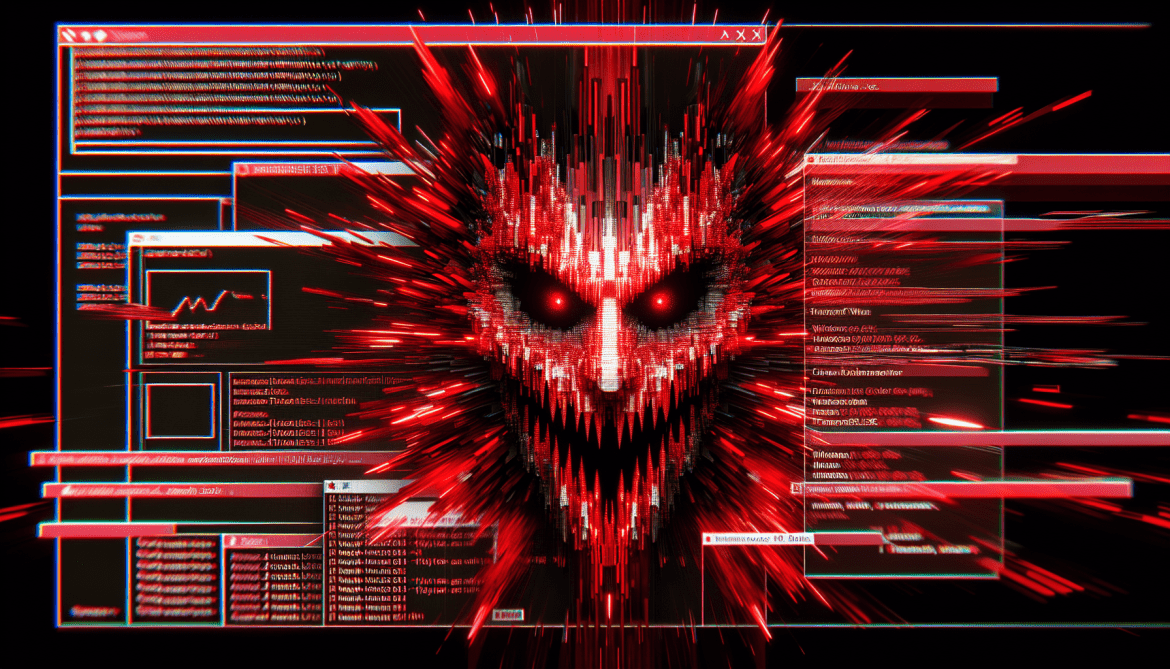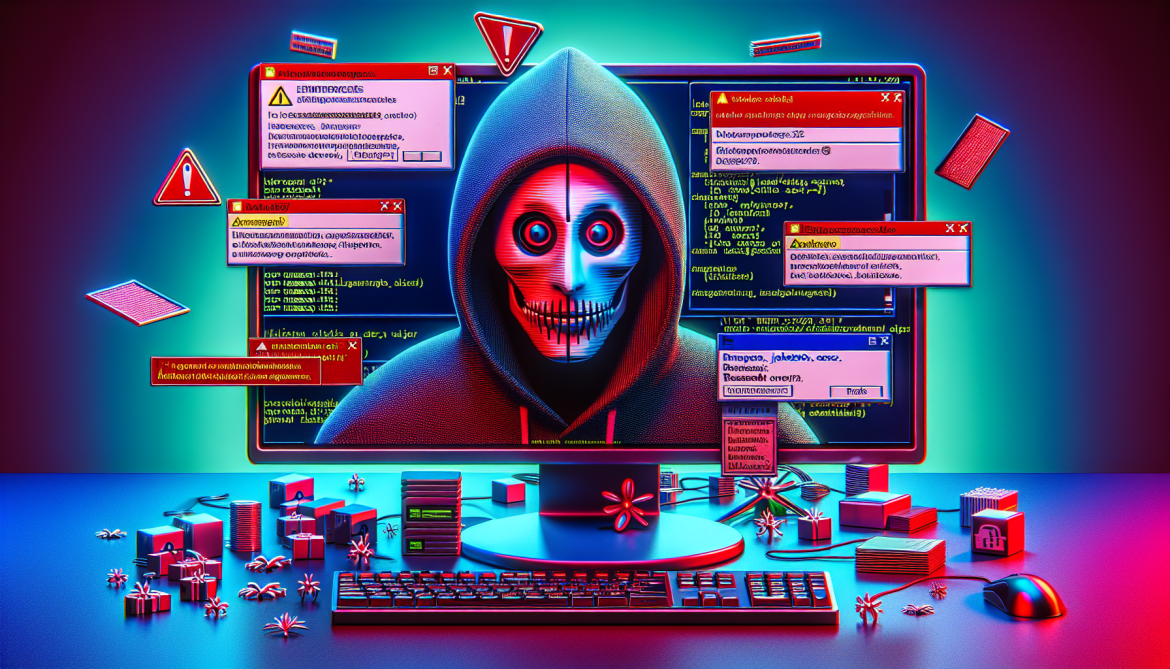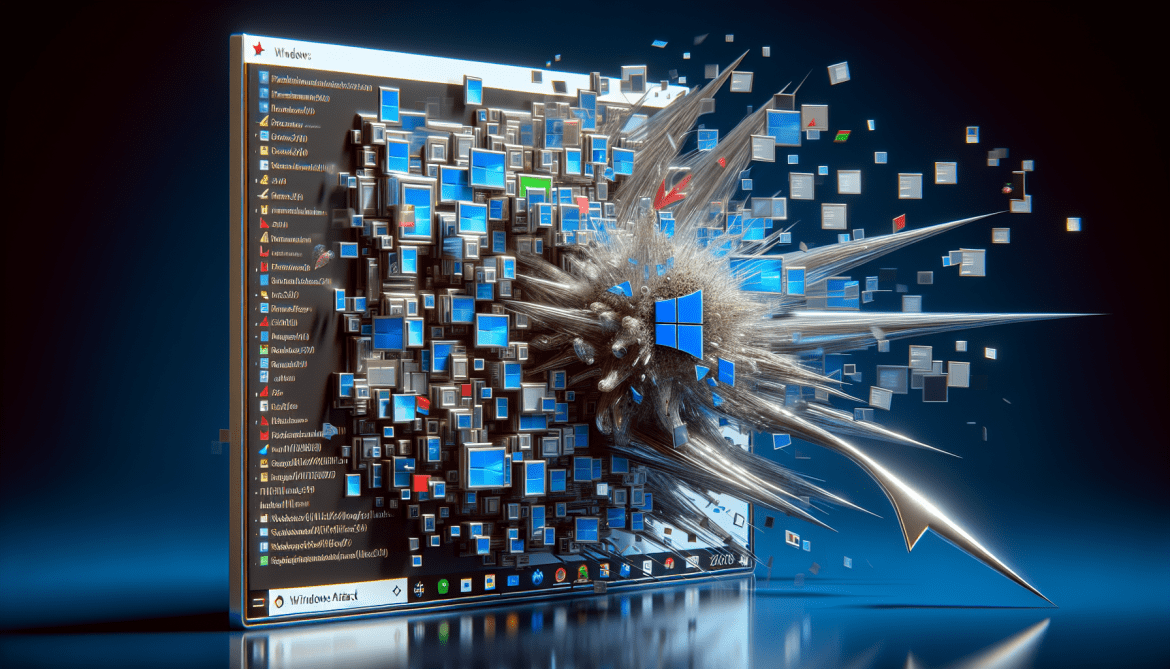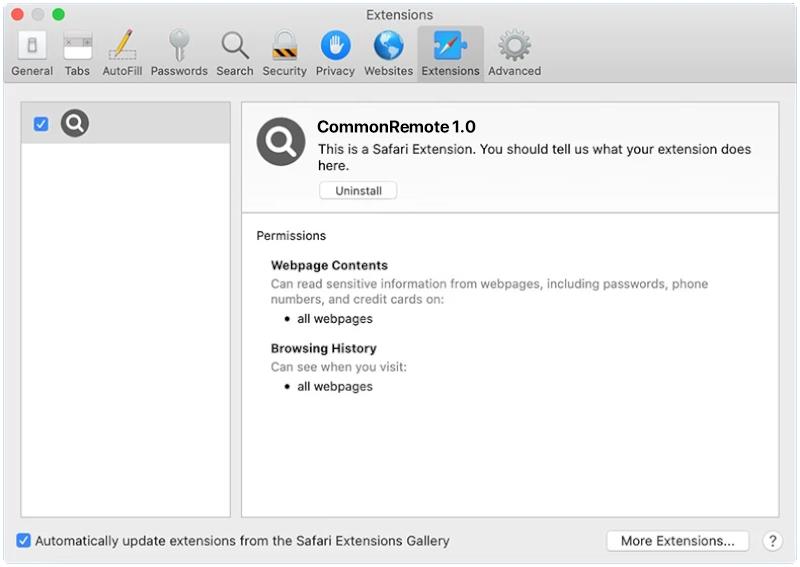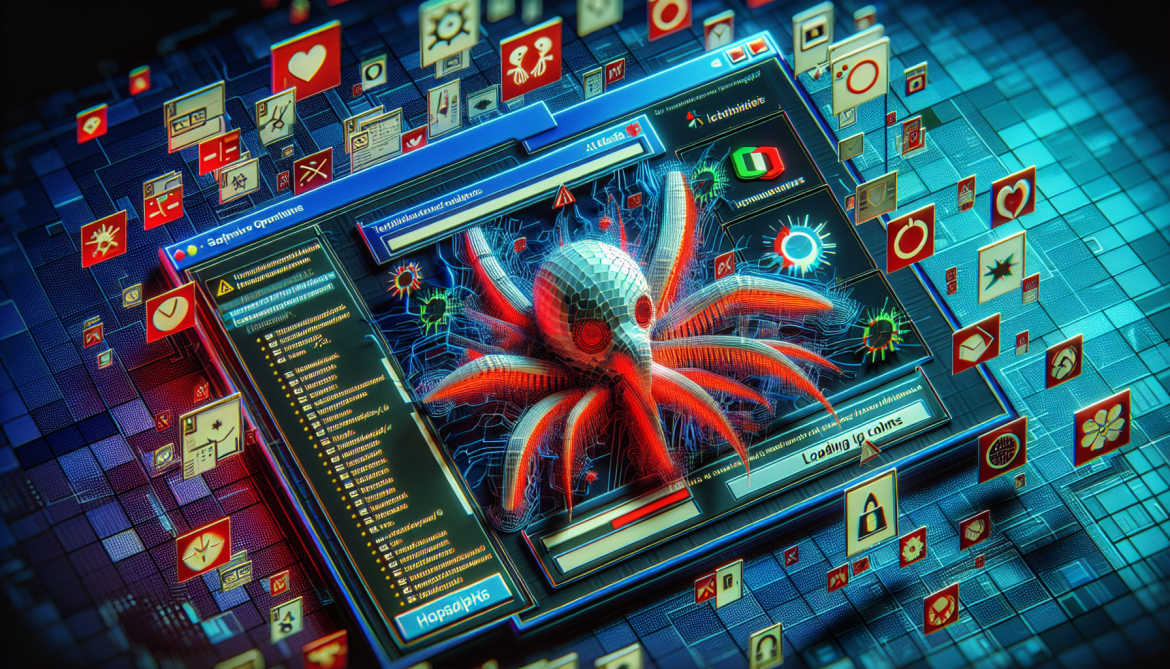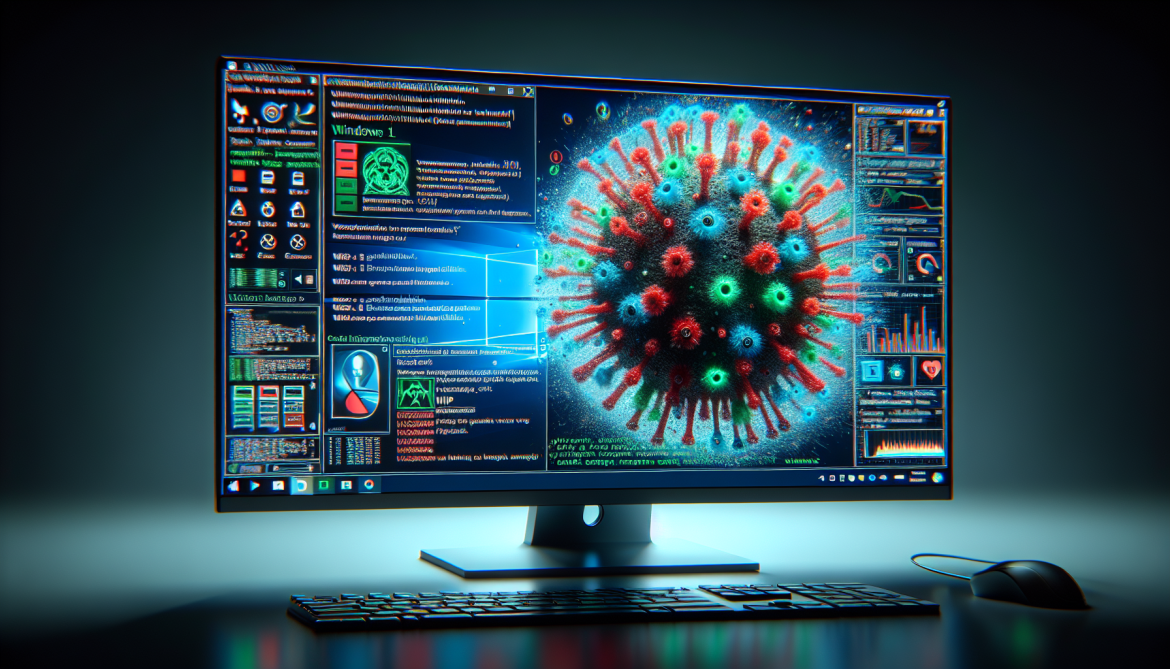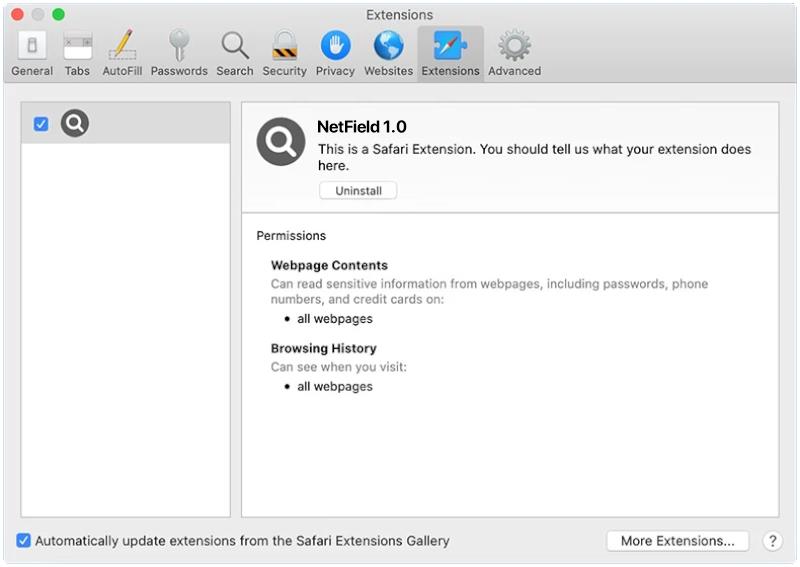Vsrcunow.com is a type of adware that is designed to display unwanted advertisements on infected computers and web browsers. This adware can take the form of pop-up ads, banners, in-text ads, and other intrusive advertising methods. The primary goal of Vsrcunow.com adware is to generate revenue for its creators by promoting various products or services through these advertisements.
Vsrcunow.com typically infects computers and browsers through software bundling, where the adware is bundled with other free software downloads. When users install these bundled programs, they unknowingly also install the Vsrcunow.com adware. Additionally, users may also inadvertently install Vsrcunow.com through malicious websites, phishing emails, or by clicking on malicious ads. Once installed, Vsrcunow.com can track users’ browsing habits, collect personal information, and display targeted ads based on the user’s online activity.

